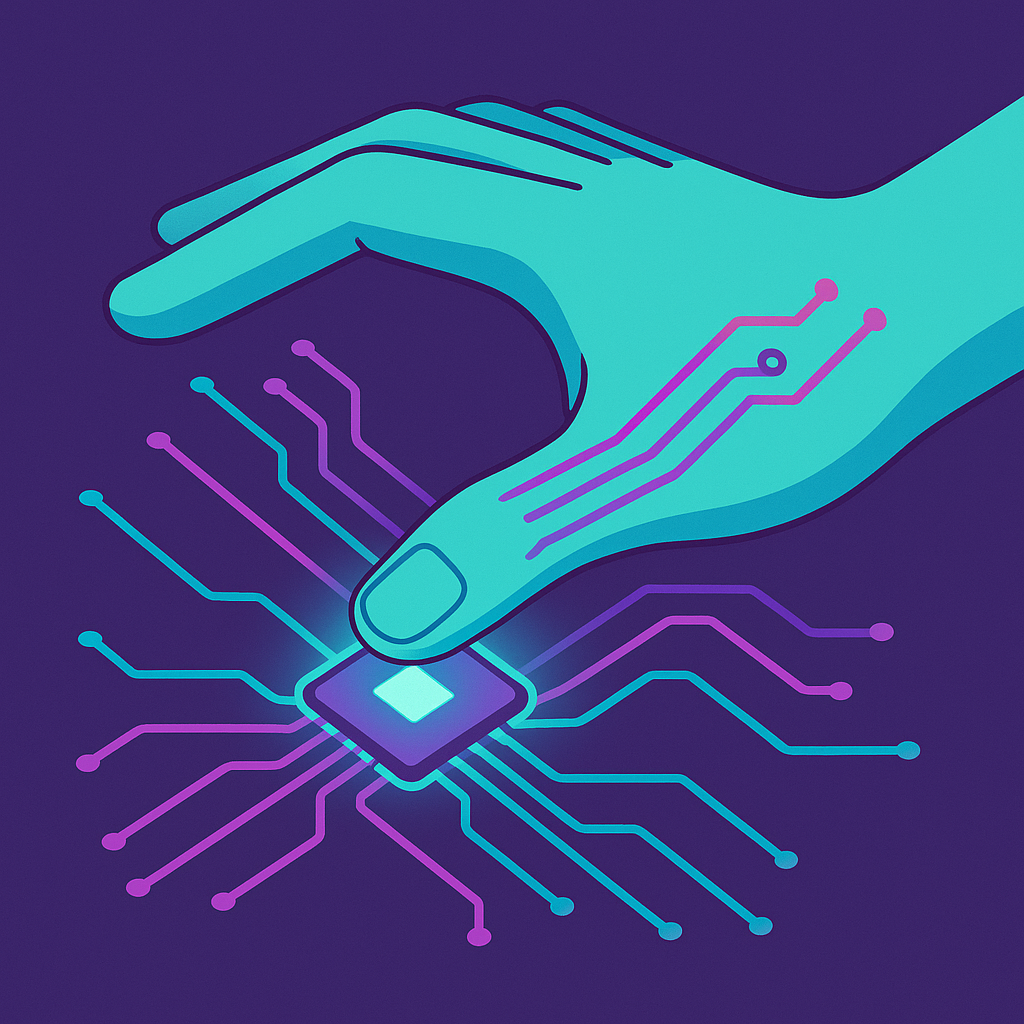The idea of implanting microchips or devices into the human body has fascinated and alarmed people for decades. From sci-fi movies to conspiracy theories, it’s often portrayed as either a path to superhuman powers or a gateway to total surveillance and control.
But what’s the truth behind this technology? Are people really walking around with chips under their skin? Is it safe, legal, and useful or just a tech fantasy?
Let’s explore what’s actually happening today in the world of human implants and how much of it is fact versus fiction.
What Are Human Implants?
Human implants are devices inserted into or attached to the human body to monitor, enhance, or restore biological functions. These range from medical devices like pacemakers and cochlear implants to more recent tech like RFID and NFC chips, which can store data and communicate with external systems.
Implants can be:
- Medical: restoring function (e.g., insulin pumps, neural implants)
- Convenience-based: unlocking doors, making payments
- Experimental or aesthetic: part of the bodyhacking movement

Are People Really Getting Microchips?
Yes, absolutely but not in the way you might think. Thousands of people around the world, particularly in countries like Sweden, the USA, and Germany, have voluntarily implanted small chips usually between the thumb and index finger. These chips are typically NFC (Near Field Communication) or RFID (Radio Frequency Identification) based, similar to what’s used in contactless credit cards.
These chips can:
- Unlock smart locks or doors
- Store digital business cards
- Replace ID badges or keycards
- Enable contactless payments (in some cases)
They’re roughly the size of a grain of rice and are usually injected with a syringe under the skin.
Common Types of Human Implants
- RFID/NFC Chips 🖐️Used for access control, digital wallets, and ID replacement. Passive (no battery), they activate when near a reader.
- Medical Implants 💉
- Pacemakers: regulate heart rhythm
- Cochlear implants: restore hearing
- Deep Brain Stimulators: used in Parkinson’s treatment
- Insulin pumps: regulate blood sugar in diabetics
- Neural Interfaces 🧠Experimental brain-computer interfaces (BCIs) like those from Neuralink aim to link the brain directly with computers. These are still in early testing phases.
- Prosthetics with Sensors 🤖Some prosthetic limbs are now equipped with sensor systems and nervous system links, allowing more natural movement and even sensation.
What’s Real vs. Myth?
| Claim | Reality |
| “People are being secretly chipped by governments.” | ❌ No evidence supports this. All current implants are voluntary. |
| “Chips can track your exact location like GPS.” | ❌ RFID/NFC chips don’t have GPS or power sources. They can’t track you. |
| “Implants can store all your personal data.” | ✅ To an extent. They can store small amounts (like ID or contact info), not full profiles or files. |
| “Implants can be hacked.” | ✅ Technically yes, but it’s extremely difficult and rare. Most chips have very short range and limited functionality. |
| “Microchips can replace your wallet or keys.” | ✅ In some cases, yes—especially in smart homes or offices. |
Are They Safe?
Most basic implants (like NFC chips) are biocompatible and safe for human use. The procedure is similar to a piercing or tattoo. There are some risks, of course like infection or rejection but they’re relatively rare when done properly.
Medical implants are more regulated and must pass rigorous testing before being approved. More advanced tech like brain chips is still under strict clinical trials.
What About Neuralink and Brain Chips?
Elon Musk’s company Neuralink is working on a brain-computer interface (BCI) that could allow humans to directly control machines with their thoughts. The initial goal is to help people with neurological disorders, such as paralysis, but the long-term vision is full brain-machine symbiosis.
As of now:
- Neuralink has received FDA approval for human trials
- The tech is still highly experimental
- It’s not yet available to the public
Other companies and universities are also researching BCIs, but we’re still many years away from mainstream adoption.
Why Do People Choose to Get Chipped?
- Convenience: no need for keys, cards, or wallets
- Tech enthusiasm: being part of the “biohacking” or “transhumanist” movement
- Medical need: restoring lost functions or improving quality of life
- Personal security: some use encrypted implants to carry emergency info
Are There Legal or Ethical Concerns?
Yes, especially around:
- Privacy: could data stored in implants be abused or accessed?
- Workplace rights: should employers be allowed to require implants?
- Informed consent: do users truly understand what they’re inserting?
Many countries are already discussing or enacting laws to prevent forced implantation or to protect user rights. Sweden and parts of the U.S. have led the way in defining ethical boundaries.
The Future of Human Implants
Implants are likely to become more advanced and more common, especially as AI and wearable tech evolve. Possible future developments include:
- Health-monitoring chips (blood pressure, glucose, etc.)
- Memory enhancement through neural interfaces
- Seamless payment and identity authentication
- Emotion-sensitive devices that adapt to mood
We’re still far from turning humans into cyborgs, but step by step, technology is getting closer to blending with biology.
Conclusion
Microchips and implants in humans are no longer science fiction they’re here, and in some cases, very practical. While myths and conspiracy theories still surround the topic, the reality is far more grounded in science, innovation, and voluntary use.
Whether for medical necessity or personal tech curiosity, microchips or implants offer a glimpse into a future where technology isn’t just in our hands but under our skin.




